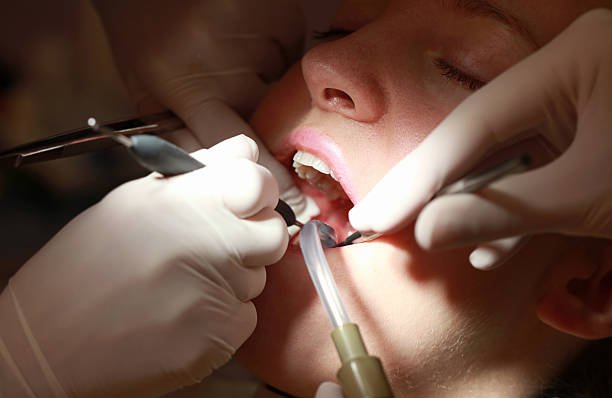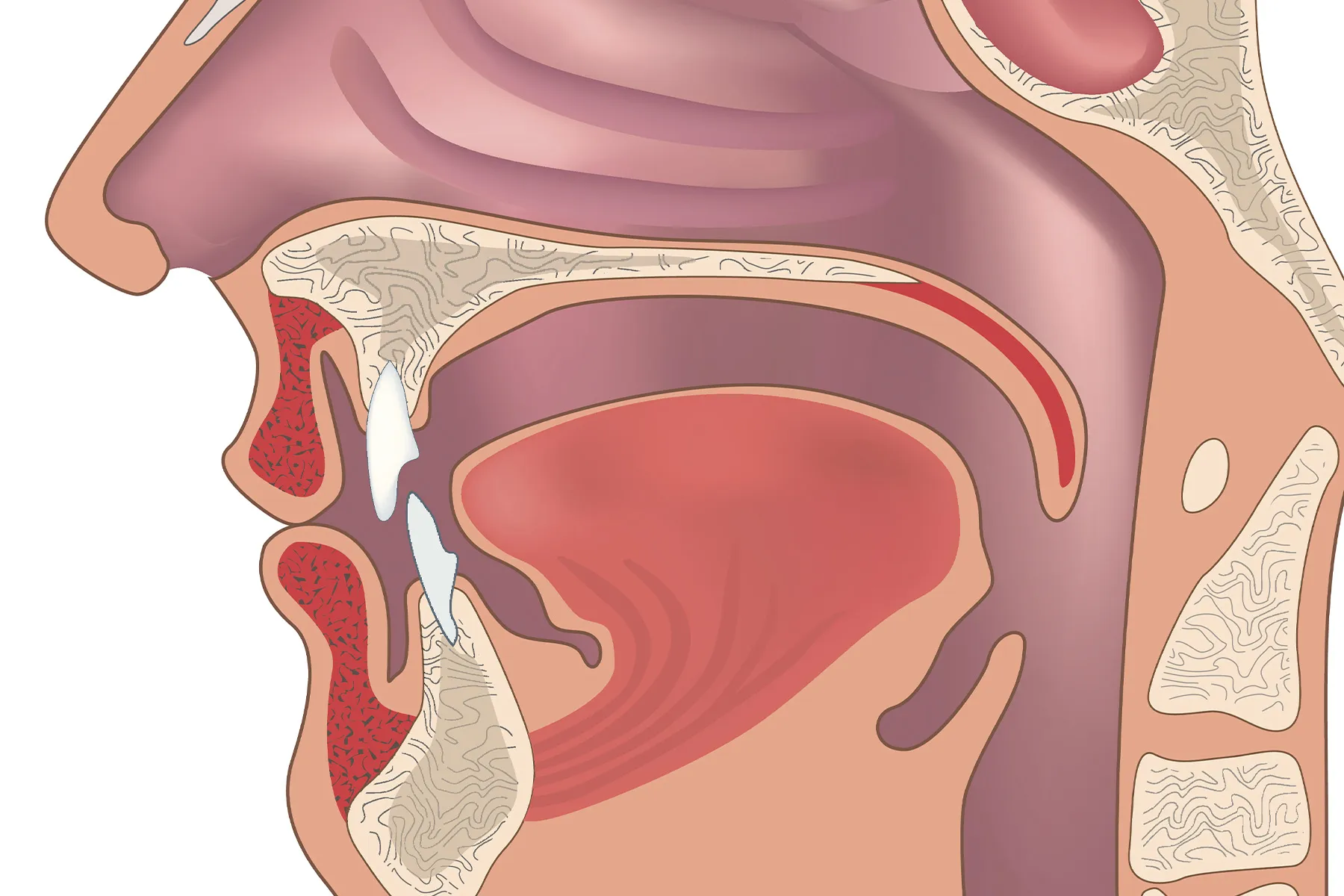Understanding Post-Treatment Pain: Root Canals and Other Dental Procedures

Dental procedures are essential for maintaining oral health, but one common concern many patients have is the fear of post-treatment pain. While dental treatments like root canals, fillings, and extractions are designed to address various dental issues, discomfort can sometimes occur after these procedures. However, understanding the causes of this pain, how to manage it, and the expectations for recovery can help alleviate anxiety and ensure a smooth healing process. In this article, we will delve into the topic of post-treatment pain, focusing specifically on root canals and other common dental procedures.
What is Post-Treatment Pain?
Post-treatment pain refers to any discomfort or soreness that a patient experiences after undergoing a dental procedure. This pain can vary depending on the type of treatment, the complexity of the procedure, and the individual’s pain tolerance. For many, the fear of pain after treatment can be a significant deterrent to seeking necessary dental care. However, it’s important to note that most post-treatment discomfort is temporary and can be managed effectively with the right care.
Common Causes of Post-Treatment Pain
There are several reasons why post-treatment pain may occur after dental procedures:
-
Inflammation and Healing: After dental work, the tissues around the treated area often experience inflammation as part of the body’s natural healing process. This can lead to soreness, swelling, and discomfort.
-
Nerve Sensitivity: During some procedures, such as root canals, nerves inside the tooth may be irritated or manipulated. This can cause pain or heightened sensitivity to hot and cold temperatures, especially in the days following the treatment.
-
Tissue Trauma: While dentists take precautions to minimize trauma to the surrounding tissues, some procedures, especially extractions or surgeries, can cause minor damage to the gums or other soft tissues. This can result in post-treatment pain.
-
Infection: In rare cases, infection can occur after a dental procedure, leading to increased pain, swelling, and fever. Proper post-treatment care and hygiene can help minimize this risk.
-
Overuse of the Jaw: Procedures like fillings or crowns may require the patient to hold their mouth open for extended periods, which can lead to muscle soreness or jaw discomfort afterward.
Root Canals: Understanding the Procedure and Post-Treatment Pain
Root canal therapy is one of the most well-known dental treatments, often associated with a fear of pain. However, advances in dental technology and anesthesia have made root canal procedures relatively comfortable. Despite this, some post-treatment pain or discomfort may still arise, which is completely normal.
What is a Root Canal?
A root canal is necessary when the pulp (soft tissue) inside a tooth becomes infected or inflamed, often due to deep decay or injury. The procedure involves removing the infected tissue, cleaning the inside of the tooth, and sealing it to prevent further infection. After the root canal, a crown is often placed on the tooth to restore its function and appearance.
Why Does Pain Occur After a Root Canal?
It’s important to understand that a root canal procedure itself is typically not painful, as the dentist will use local anesthesia to numb the area. However, some discomfort may be felt after the anesthesia wears off. This pain is often due to inflammation around the tooth and the surrounding tissues as they heal. Additionally, if the tooth had an infection prior to the root canal, it may take time for the body to fully resolve the infection.
For most patients, the pain after a root canal is mild and manageable with over-the-counter pain relievers, but it’s not uncommon for some soreness to persist for a few days.
How to Manage Post-Treatment Pain After a Root Canal
Managing post-root canal pain typically involves the following steps:
-
Over-the-Counter Pain Relievers: Medications such as ibuprofen or acetaminophen can help manage discomfort and reduce inflammation. Always follow the dosage instructions provided by your dentist or pharmacist.
-
Cold Compress: Applying a cold compress to the outside of the cheek near the treated area can help reduce swelling and numb the pain.
-
Avoiding Hard Foods: After a root canal, it's best to avoid chewing on hard or crunchy foods, especially on the side where the procedure was performed. This can prevent unnecessary pressure on the tooth.
-
Good Oral Hygiene: Continuing to brush and floss carefully around the treated tooth is essential for healing and preventing infection. Just be gentle around the area to avoid irritating the gum tissue.
-
Follow-Up Appointments: Your dentist may schedule a follow-up visit to ensure that the healing process is progressing smoothly and that no complications, such as infection, have developed.
When to Seek Help
While mild discomfort is typical after a root canal, severe pain, persistent swelling, or the development of a fever could indicate an infection or complication. If you experience any of these symptoms, it’s important to contact your dentist promptly.
Other Dental Procedures and Their Post-Treatment Pain
While root canals are a common procedure, there are many other dental treatments that can result in post-treatment pain. These include fillings, extractions, crowns, implants, and orthodontic work. Here’s a breakdown of the most common procedures and the potential discomfort associated with them.
Fillings and Crowns
Fillings and crowns are used to restore teeth that have been damaged by decay or injury. After a filling or crown placement, some tenderness or sensitivity to hot and cold may occur. This is usually temporary and fades within a few days. If the tooth is particularly sensitive, your dentist may recommend a desensitizing toothpaste or fluoride treatments to reduce discomfort.
Extractions
Tooth extractions are typically performed when a tooth is severely damaged or decayed. After an extraction, the surrounding tissues can be sore, and there may be some swelling. Over-the-counter pain relievers and cold compresses can help manage the discomfort. In some cases, your dentist may prescribe antibiotics to prevent infection and further manage pain.
Implants
Dental implants are a long-term solution for replacing missing teeth. The procedure involves placing a titanium post into the jawbone, which can cause some post-surgical pain and swelling. This discomfort usually lasts for a few days but can be managed with pain relievers and rest.
Orthodontics
Orthodontic treatments, including braces and clear aligners, can cause discomfort as the teeth are gradually moved into place. Some soreness is common during the initial adjustment period and after each visit to the orthodontist, but it should subside after a few days. Soft foods and pain relievers can help alleviate this discomfort.
Conclusion
Understanding post-treatment pain is essential for managing expectations and ensuring a smooth recovery after dental procedures. Whether you’ve had a root canal, filling, extraction, or any other dental treatment, mild discomfort is often a natural part of the healing process. By following your dentist’s post-treatment care instructions, managing pain with over-the-counter remedies, and attending follow-up appointments, you can minimize discomfort and promote a quicker recovery. If you have any concerns or experience unusual symptoms after a procedure, don’t hesitate to reach out to your dentist for advice and assistance. Remember, proper care and attention will help you enjoy the benefits of your dental treatment—healthier, more functional teeth and a more confident smile.
What's Your Reaction?




















